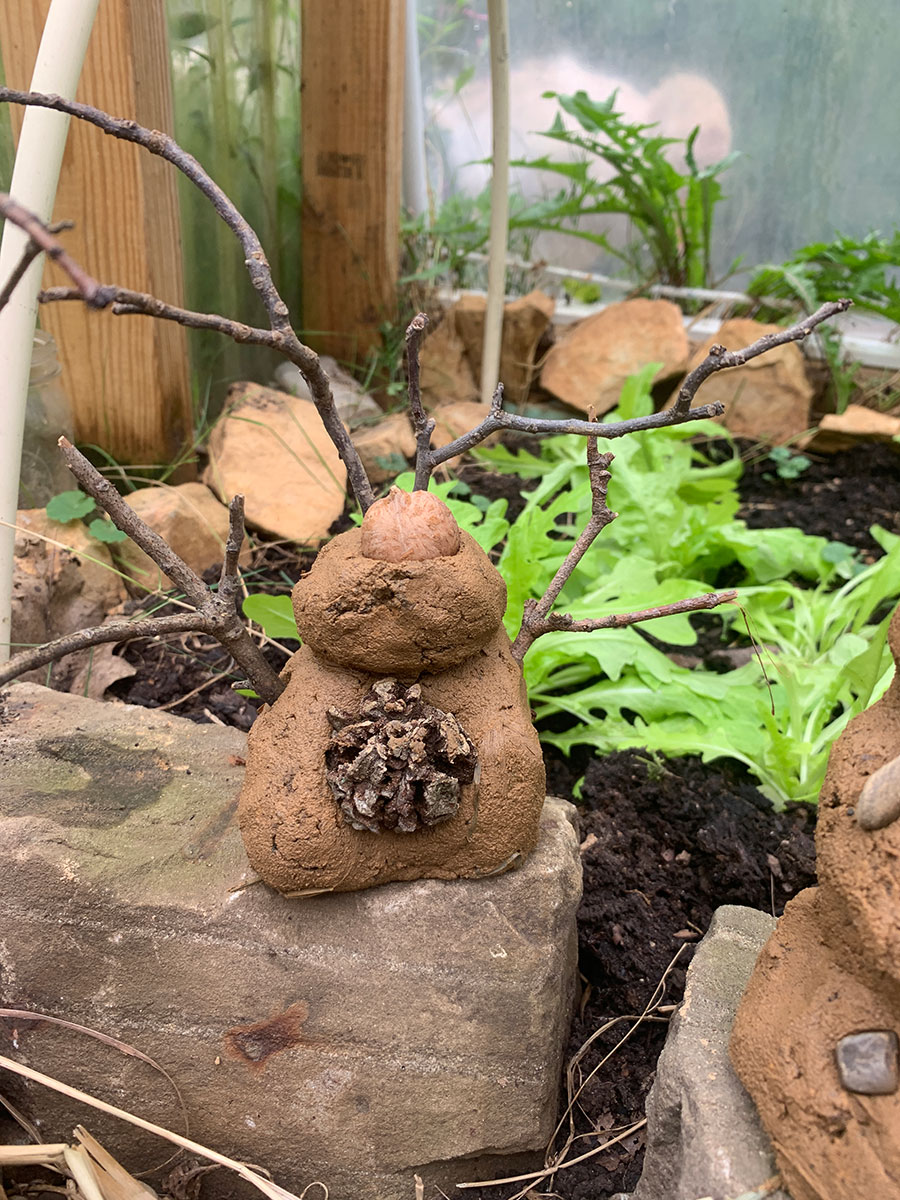
A lifetime ago, myself and a dear friend dug some clay out of a hillside. We each took half of it. My half of the clay was used to form an earthen statue, a guardian statue, for that same friend who was struggling with terminal cancer while still in his early 20’s. It had a wooden tree knot head, stones for its belly, a stick staff, and an earthen body. My friend accepted it reverently, and it went with him everywhere, even till the end. As he struggled with his battle with cancer, it grew nicked and chipped. The wooden head fell off, just as my friend’s brain cancer grew more serious. When he passed on, the earthen statue passed on with him, returning to the earth. This statue was an impermanent being; fashioned of unfired clay. It was brittle, yet, in its own way, full of strength. It was ephemeral, and yet perfect in its lack of permanence. It was a spirit statue, channeled from nature, with a bit of spirit within it, there to help my friend on his journey.
I had forgotten about this small statue until quite recently. I’ve been cobbing several times a week, working to get my back greenhouse cobblestone/cob heatsink wall done. One day, I had just a little cob leftover. Not enough to set more stones on the wall, but enough to play with. I started to shape it and felt the power of the Awen and of spirit flowing through me. I saw a vision of all of these earthen statues, shaped, with sticks, shells formed and strong. I saw them left, to break down quietly in the elements and return to the earth with her blessing. And then, I remembered that earthen statue that I made all those years ago to try to provide healing and strength for my friend. And so, I’ve been experimenting working with such earth spirit statues. After sharing a few of my photos with friends, several suggested that I write about how I make these and how I use them ceremonially. So today’s post, part of my cob building series, looks at the process of making earthen nature spirit statues all from simple materials found in your local landscape. This is something that ANYONE can do, regardless of artistic skill. So let’s get muddy!
Ephemeral Sacred Objects
In earlier posts on this blog, I worked with the idea of building nature shrines and sacred spaces of all kinds. One of the things I often stressed as part of that work was not bringing things into those spaces that might be harmful or damaging to the land. So I suggested natural things, things like shells, stones, wood, bones–things that you gather yourself, from the land, and allow to return to the land. Or I suggested things that would easily return to the land, like wood burned object, hand-dyed natural fibers, etc. These will break down quickly due to the elements, but that’s exactly the point.
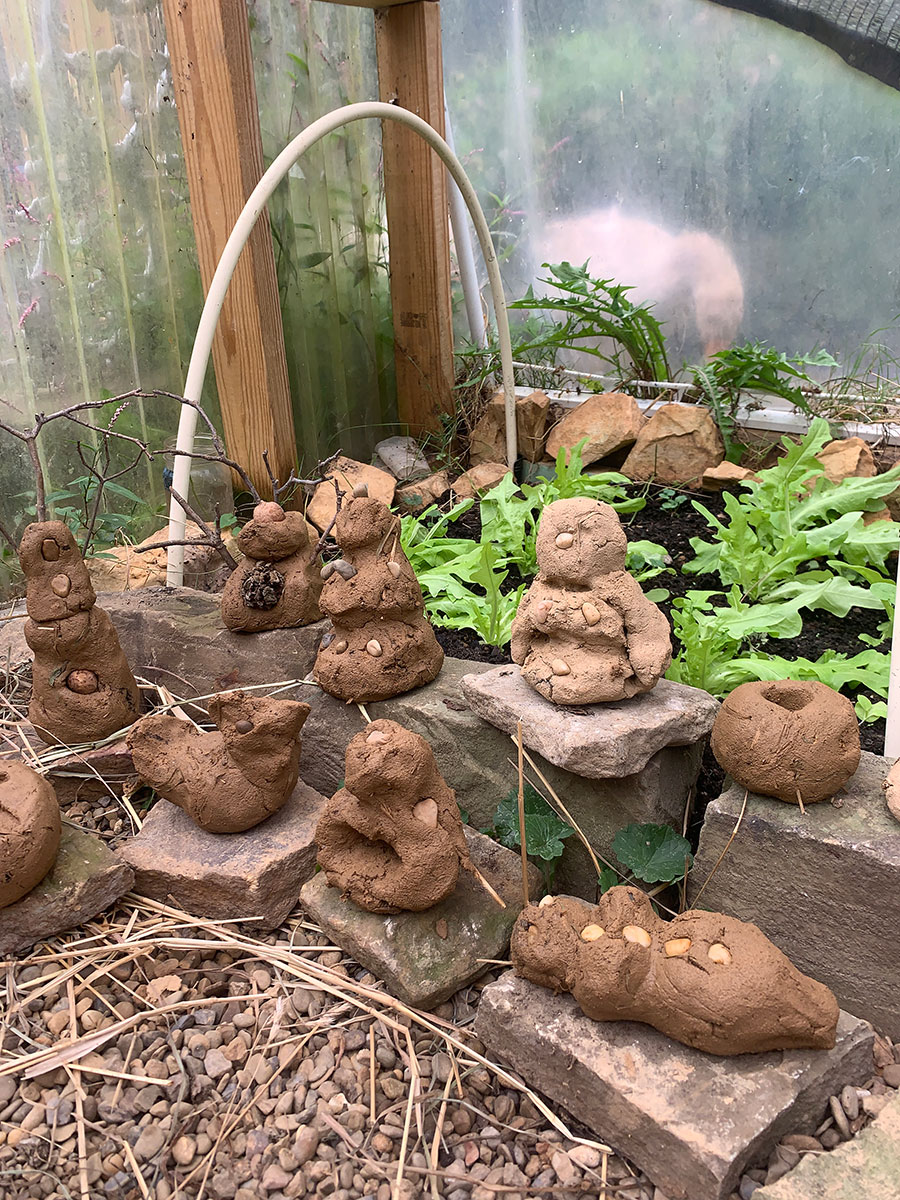
As I have talked about over the last few weeks, Cob is a natural building material made of clay, sand, and straw. When you make something from Cob, it’s not fired. It will not hold up to water. It will break down in the snow, wind, rain, and ice. Why, then, would you make statues out of cob if you know they will break down? First, because there is a magic in impermanence, magic in the making. When you know something is only going to be a certain way only for a short period of time, it holds additional value. For example, when my strawberry patch starts to produce the best-tasting strawberries, I know there is a short window, maybe 2 weeks, where I get to enjoy them fresh from the plant. The rest of the year, I might enjoy preserves, but never that fresh succulent strawberry right from the vine. Sacred objects can be like that too–an object you carefully construct, with the full knowledge that it will be broken down, creates a different kind of relationship. A sacred relationship based on the immediate moment. Creating these statues asks you to be in a place for this moment in time, to simply be present, making these, working with the cob between your hands. Letting the natural objects find their own shape and in their own time. And not rushing it. For there is much magic in the making.
There is magic in the making, and there is magic in the placing. An earthen spirit statue’s goal is to return gracefully to the land. If you want, you can work slow magic with these, on nature’s time and at nature’s pace, as part of this work. Almost all of my earthen spirit statues are used for the purposes of land healing. As I shape them, I speak my healing words into them, I work healing energies through my fingertips. I sing I chant, I smile, I laugh. I put the energy of life and light into my statues. And maybe when they are done, I put some more into them ritually, adding the powers of the elements and the sacred animals of the druid tradition. Then, they become like little healing shrines all to themselves. Carefully wrap one and put it in your backpack while you are on a hike, leaving it in the nook of a tree. Place one on a stone in a stream, knowing the floods will carry it away. Bury one in a snowdrift in a logged forest to offer peace to the survivors. Offer one to your local lady of the lake. Place one in your garden to nurture your plants to grow, letting it become the soil you will plant in.
Gathering Materials and Decorations
There are two parts to an earthen spirit statue. Natural items, such as feathers, leaves, sticks, stones, nuts, roots, seeds, and more are one of those parts. Take a small basket into the woods, beach, bog, desert or whatever is near you. Walk intentionally and slowly, letting small bits of nature speak to you. If they call out, pick them up, and leave an offering in thanks. Once you have a good selection to work with, it’s time to make your cob!
Making Cob
And so, let us put our feet and hands into the earth and make our cob! For an introduction to our delightful material, you should look at the introduction to cob construction here, and how to make cob here. I will also offer basic instructions here, as they differ slightly from the instructions on my introduction to cob page. In a nutshell, cob is a combination of clay, sand, and straw. This combination, in the right amount (1 part clay/silt to 2 parts sand) makes a perfect material for building earthen spirit statues.
To make your cob:
- Dig down to the subsoil (see here for more details). Fill up part of a wheelbarrow (1/2 or so). Screen it, removing any rocks, sticks, or other debris. The goal is to have just clay, sand, and straw.
- Put your material on a tarp. Make a well in the center of the soil, and then, add water. Mix with your feet, putting your prayers, energy, and love into that material. Dance with the spirits as you dance on your cob. Take a side of your tarp and flip the cob, adding more water to make a good firm dough consistency.
- If you want extra strength, you can add a bit of fine straw. To add straw, take your scissors and carefully cut the straw up into 1/2 in pieces or less. then sprinkle it through, working it in with your feet.
- Pick up some of your cob. It should hold its shape well and you should be able to work it. Add more soil if its too wet and more water if it’s too dry and crumbly.
- The goal is a nice firm but doughy texture that will hold its shape and that you can form.
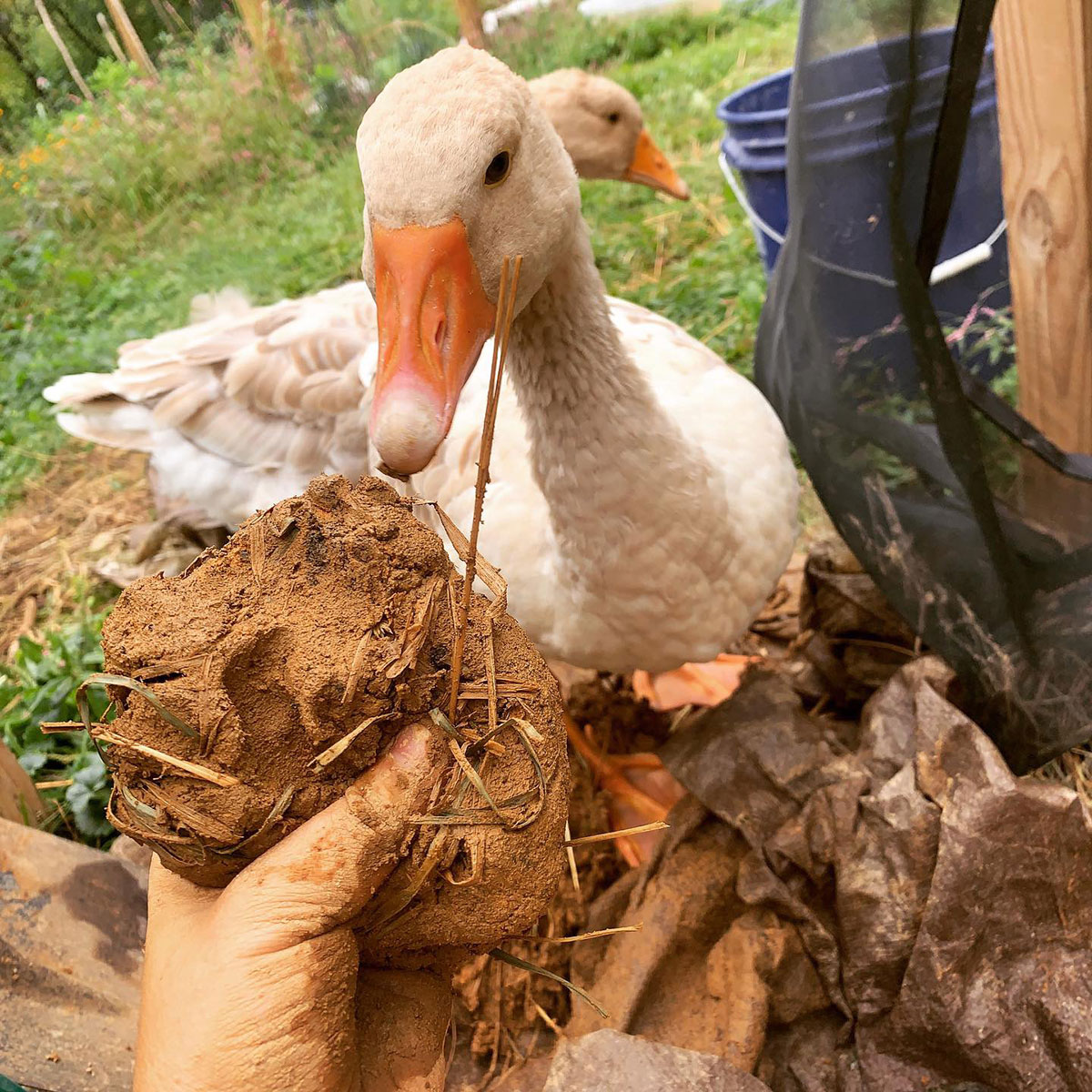
Make Your Statues
Make your statues however you see fit. the easiest way is to create a cylinder by rolling the cob in your hands or on a solid surface. Then, find the natural objects you want to include. Press them into the cob, shaping it as you go. Stick some sticks coming out of it, shells, or dried turkey tail mushrooms (or similar small polypore mushroom). Let the objects speak to you, and let the clay speak to you. Make no thought if it is “good” or “right”; refrain from any value judgments. Your goal is to channel the spirits of nature, and they are not concerned with the physical vessel you are creating. Don’t fuss over it. Let it be complete, and make another. And another, and another, until you feel you are done. As you make, laugh. Get muddy. Sing to the statues, drum. Call for the sacred powers of nature who might aid you. Put happy, healing, and light energy into your work. Let go.
Bless your statues
If you feel the need, you can do an additional blessing for your statues. Draw upon the power of earth, air, fire, and water, and give a blessing to them–smudge them with incense, drip some beeswax on them or hold them to the flame. Give them some water drips, smear them with soil.
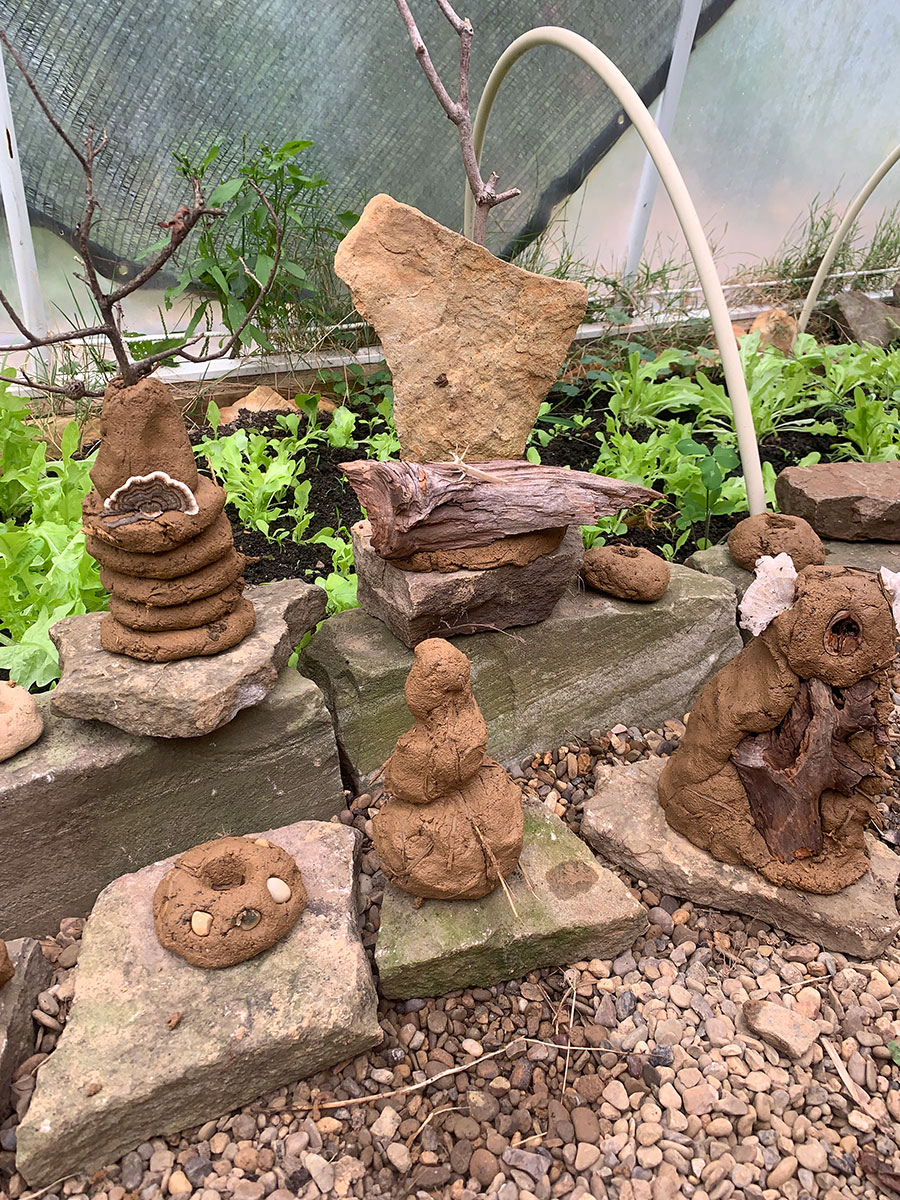
Place your statues
Find a home for your statues in the nooks and crannies of the landscape. They want to travel, go somewhere, send their healing energy out as they begin to break down. Put them in unconventional places. Put the in places in need of light and healing. Put them on nature shrines. Put them in your druid’s anchor spot. Visit them and watch them break down, or leave them never to return. You can put one on your altar for a while, but make an agreement between the two of you how long it will be there so that you can return it at the right time (these energies are meant to move between you and the land freely). There is no right or wrong path, just you, the spirits of nature, and how spirit moves through you.

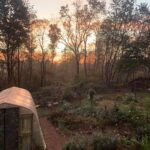
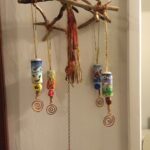

Reblogged this on Good Witches Homestead.
Reblogged this on Blue Dragon Journal.
Reblogged this on Paths I Walk.
I read once that in the Ancient Egyptian religion, peasants would create an Osiris doll out of cob in the Autumn. They would work wheat seeds into the cob. In the spring the doll would be watered, and the grain would sprout, symbolising the rebirth of the god, and the cycling of the seasons.
One could do the same with these figures. They could even be made as seed bombs, with a little compost worked in, waiting to spread wildflowers.
Yes! I love this idea. So many good possibilities 🙂